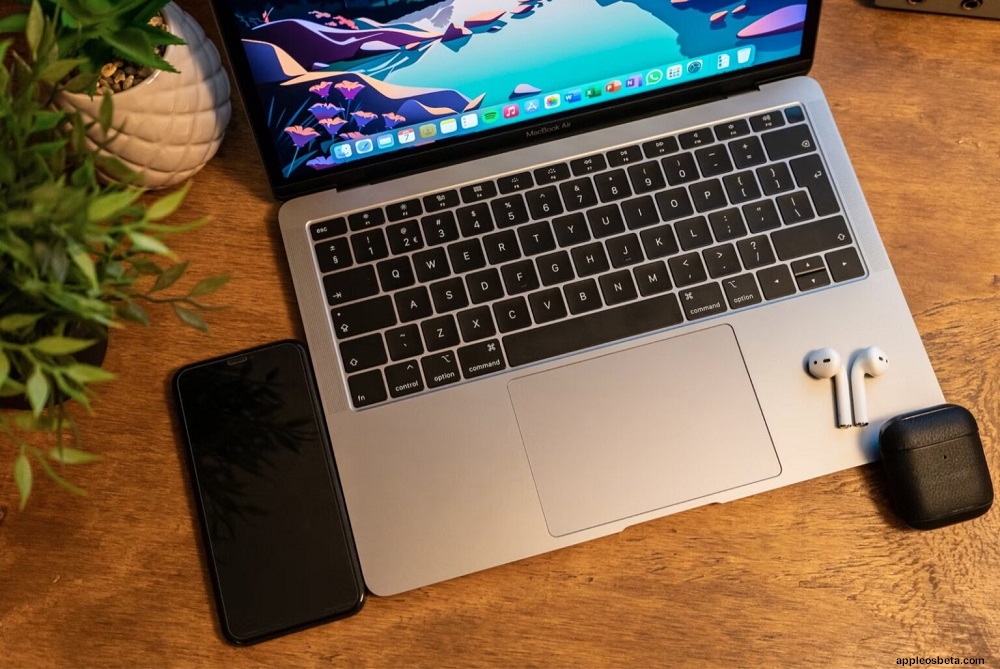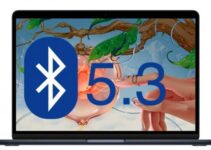MacBook Air 13” OLED expected to arrive in 2024. For years there has been talk of OLED technology for the screens of Apple devices, and 2024 could be the right year: according to the latest rumors by display expert Ross Young, for that period the company is expected to launch a 13-inch MacBook Air and two iPad Pros with 11- and 12.9-inch screens, all three featuring a panel with this technology.
Most iPhone purchases don’t come directly from Apple
What else do we know?
In the tweet he published Sunday for his Super Followers, he wrote only this, but earlier this year he had already explained that these devices would use a “two-layer” OLED system that promises greater brightness at the same time as lower consumption energetic.
He also previously said that they would support ProMotion technology with refresh rates up to 120Hz, thus making them even more suitable for games, movies and new features.
What is ProMotion and what is it for?
This technology was launched by Apple on the iPad Pro in 2017. Basically it ensures that the screen is able to support an adaptive refresh rate up to 120 Hz, in other words it updates up to 120 times per second in an “intelligent” way. that is, when there is a need for higher graphics performance: if not, it reduces it to save battery.

In addition, it adapts the speed to that of the user’s finger scrolling on the display and, in the case of the iPhone, it also allows you to keep the screen always on.
What changes with the incoming Air
The ProMotion display on 2017 and later iPad Pros, as well as the 14-inch and 16-inch MacBook Pros released in 2021, works with a refresh rate ranging from 24Hz to 120Hz, while the one for the upcoming MacBook Air is believed to everything is new.
At the moment there are no Macs or iPads with OLED screens: the latest MacBook Air and iPad Pro use an LCD panel with the only exception of the 12.9-inch iPad Pro which instead uses one with mini-LED backlighting which gives it greater brightness and an improved contrast ratio of 1,000,000:1.
LCD, mini-LED, OLED
Unlike mini-LED LCDs, OLED screens use self-emitting pixels and don’t require a backlight, which would give the devices an even better contrast ratio and battery life.

